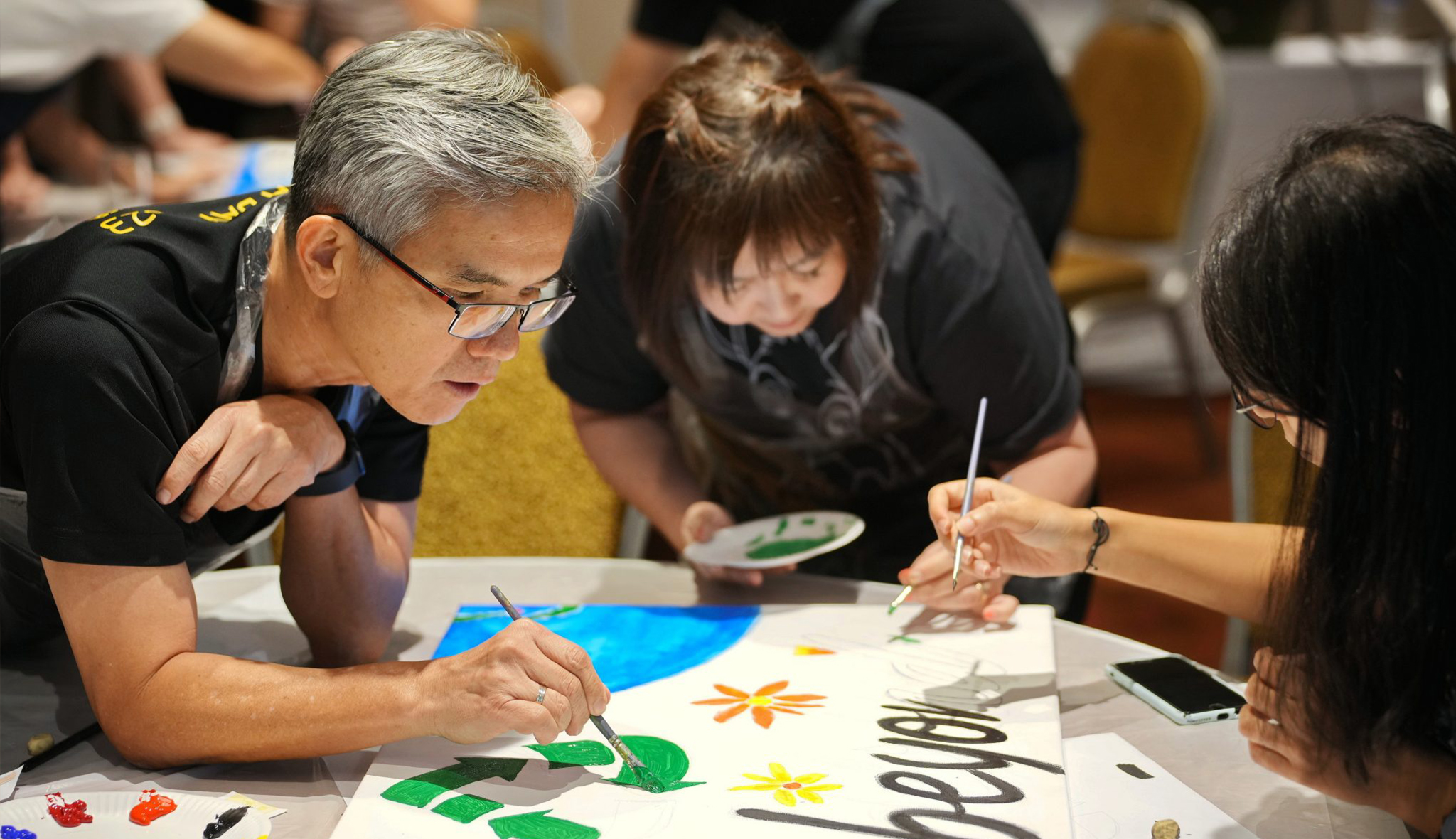
With a recent spate of increased kids art class providers, and many art class brands sprouting in almost every shopping mall. It is confusing for parents who would like to choose a suitable art class for their children. When faced with so many art classes that seem to all be the same, how should one choose which art school to enrol their child in?















